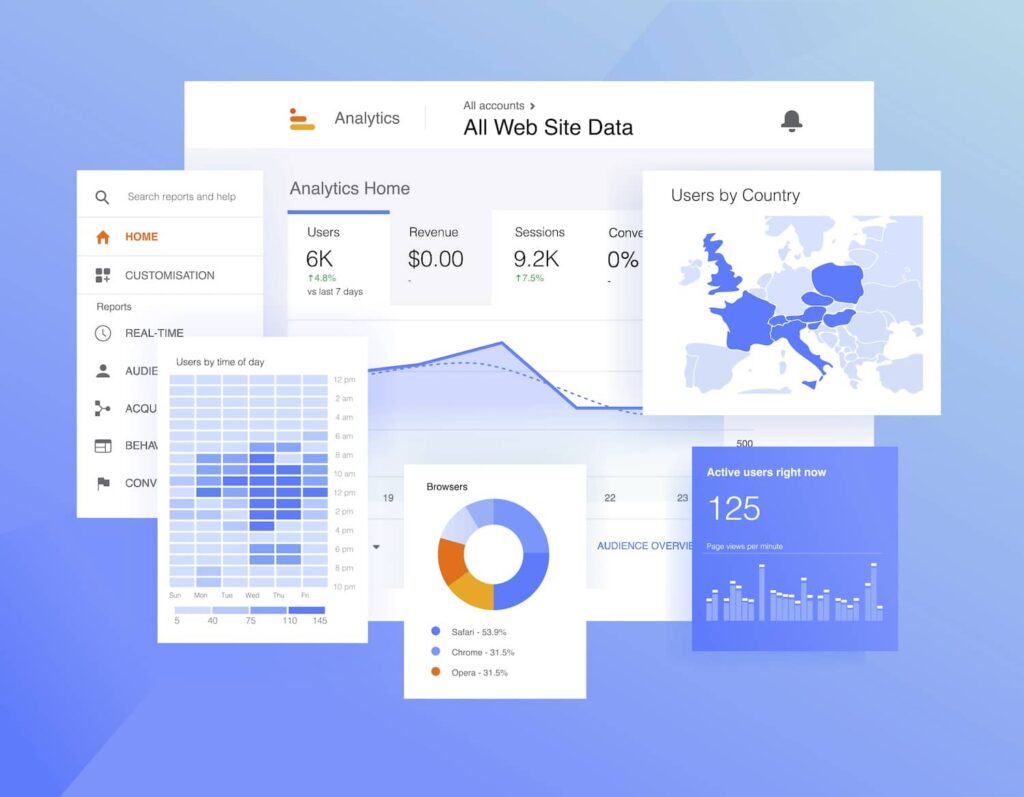Understanding Secondary Dimensions in Google Analytics: Meaning and Tactical Assimilation
Understanding Secondary Dimensions in Google Analytics: Meaning and Tactical Assimilation
Blog Article
Optimizing Your Data Interpretation With Second Measurement in Google Analytics for Informed Decision-Making
In the realm of digital analytics, the ability to extract significant insights from data is paramount for making notified decisions that drive business success. Google Analytics, a powerful tool in the hands of digital marketing professionals and analysts, uses an attribute called Additional Dimension. This often-underutilized function has the prospective to reveal a riches of info that can offer a deeper understanding of user habits and site performance. By touching right into the capabilities of Additional Dimension, individuals can obtain a much more comprehensive sight of their data, enabling them to make strategic decisions based upon a more thorough and nuanced evaluation.
Comprehending Additional Dimension Performance
Understanding the secondary measurement capability in Google Analytics enhances the deepness of information evaluation by giving extra context to key metrics. By integrating a secondary dimension, analysts can section and contrast information, gaining insights that would certainly otherwise stay concealed. This feature allows users to check out data with different lenses, such as the resource of web traffic, individual actions, or geographical place, providing a much more comprehensive understanding of website efficiency.
When looking only at key metrics,Making use of additional measurements can disclose patterns and connections that might not be obvious. Pairing the key metric of web page views with a secondary measurement like device category can uncover whether specific devices drive even more traffic to particular web pages. This information can after that notify internet site optimization methods tailored to different tool individuals.
Implementing Second Dimension in Records
Structure upon the insights obtained with additional dimension analysis, incorporating these dimensions efficiently right into records in Google Analytics is vital for extracting actionable data-driven decisions. what is a secondary dimension in google analytics. By executing second dimensions in records, individuals can dive deeper right into the performance metrics of their web site or app. This attribute allows for an extra comprehensive evaluation by providing additional context to the primary measurement selected
To apply an additional measurement in reports, merely navigate to the desired report in Google Analytics and click the "Additional dimension" tab situated above the data table. From there, individuals can select from a wide variety of additional dimensions such as 'Source/Medium', 'Device Group', or 'Touchdown Web page'. Picking the most relevant secondary measurement will rely on the certain insights you are seeking to uncover.
Making use of secondary dimensions in reports not just improves the deepness of analysis however also help in determining patterns, patterns, and relationships that might have otherwise gone unnoticed. This tactical approach to information interpretation enables organizations to make informed choices that drive development and success.

Studying Data With Second Dimensions
Upon incorporating secondary measurements right into information evaluation within Google Analytics, a thorough exam of key performance signs can be achieved, supplying useful insights for tactical decision-making. By making use of additional measurements, analysts can further dissect their primary information measurements, such as website traffic resources or individual demographics, to uncover patterns or trends that may not be instantly obvious. This deeper degree of evaluation permits a much more extensive understanding of user behavior and communications on an internet site or electronic system.
Evaluating data with second measurements allows marketing experts and internet site proprietors to respond to more details concerns regarding their audience, material performance, and marketing initiatives. For circumstances, by incorporating see this page the main dimension of traffic resources with an additional dimension like geographical location, organizations can recognize which regions drive one of the most valuable website traffic to their website. This type of granular understanding can notify advertising strategies, web content creation, and internet site optimization efforts to much better cater to the demands and preferences of their target market.
Leveraging Secondary Dimensions for Insights
By incorporating additional measurements successfully, analysts can draw out much deeper insights from information collections in Google Analytics, improving the understanding of customer behavior and efficiency metrics. Leveraging second dimensions entails integrating various characteristics or metrics with key data to discover patterns and fads that may not appear in the beginning glimpse. By adding a secondary dimension such as 'Gadget Classification' to a record on internet site web traffic, experts can recognize whether user behavior varies across different devices like desktops, mobile phones, or tablets.
In addition, making use of secondary dimensions allows analysts to segment data more granularly, enabling them to identify specific audience segments or geographic locations that exhibit unique habits. what is a secondary dimension in google analytics. This division can be instrumental in tailoring advertising strategies, optimizing site material, or boosting customer experience based upon the unique qualities of each section
In significance, leveraging second measurements in Google Analytics encourages experts to dive deeper browse around here into data, acquire purposeful understandings, and make notified decisions that drive company growth and success.
Enhancing Decision-Making Through Additional Measurements
Using additional dimensions in data analysis offers a calculated benefit by discovering actionable understandings that drive educated decision-making in Google Analytics. By improving decision-making through secondary measurements, users can dive deeper into their information to draw out beneficial details that may not be promptly obvious. These additional measurements offer an even more thorough view of customer actions, communications, and end results, making it possible for experts to make even more enlightened choices based upon concrete data.
Via the utilization of additional dimensions, analysts can section and filter data to identify patterns, trends, and connections that may affect decision-making procedures. This improved level of granularity enables for a more targeted approach to examining data, resulting in more exact and insightful verdicts.
In addition, additional measurements offer the possibility to compare different information factors side by side, facilitating an extra complete evaluation of performance metrics and KPIs. By leveraging second measurements effectively, services can maximize their strategies, improve individual experiences, and inevitably attain their goals with confidence.
Final Thought

Building upon the understandings gotten via additional measurement analysis, integrating these dimensions efficiently into reports in Google Analytics is important for removing workable data-driven choices.To carry out a secondary dimension in reports, just browse to the wanted report in Google Analytics and click on the "Second dimension" tab located over the information table. By utilizing additional measurements, analysts can better explore their primary data measurements, such as traffic sources or individual demographics, to reveal patterns or fads that may not be quickly obvious. By incorporating the key dimension of web traffic resources with an additional measurement like geographical location, businesses can determine which regions drive the most beneficial traffic to their website.By including secondary measurements properly, analysts can look at this now draw out much deeper insights from data collections in Google Analytics, boosting the understanding of user actions and efficiency metrics.
Report this page